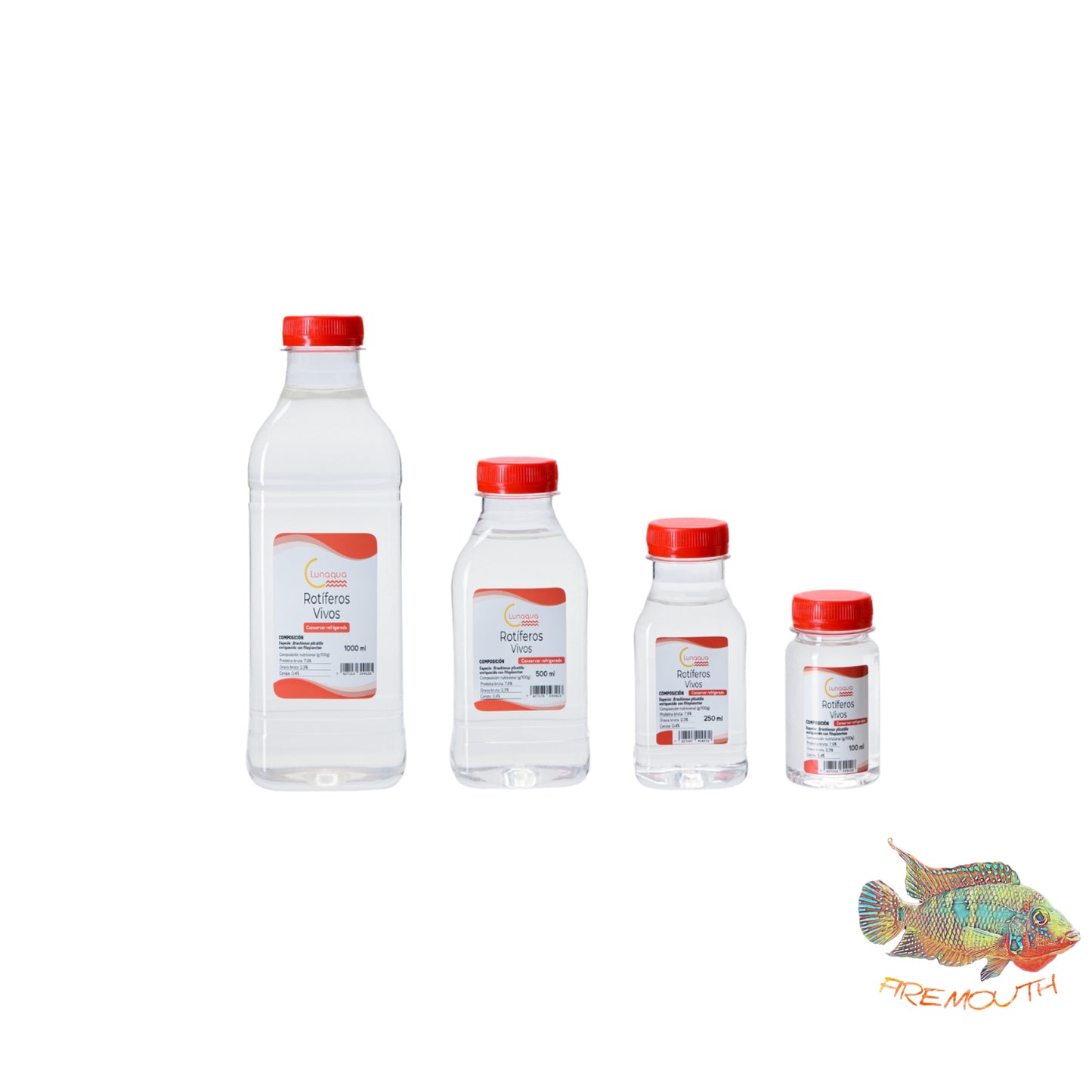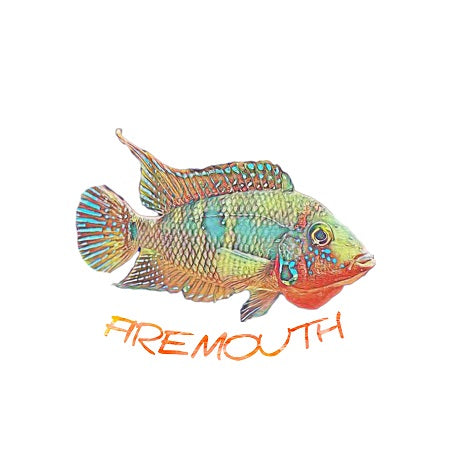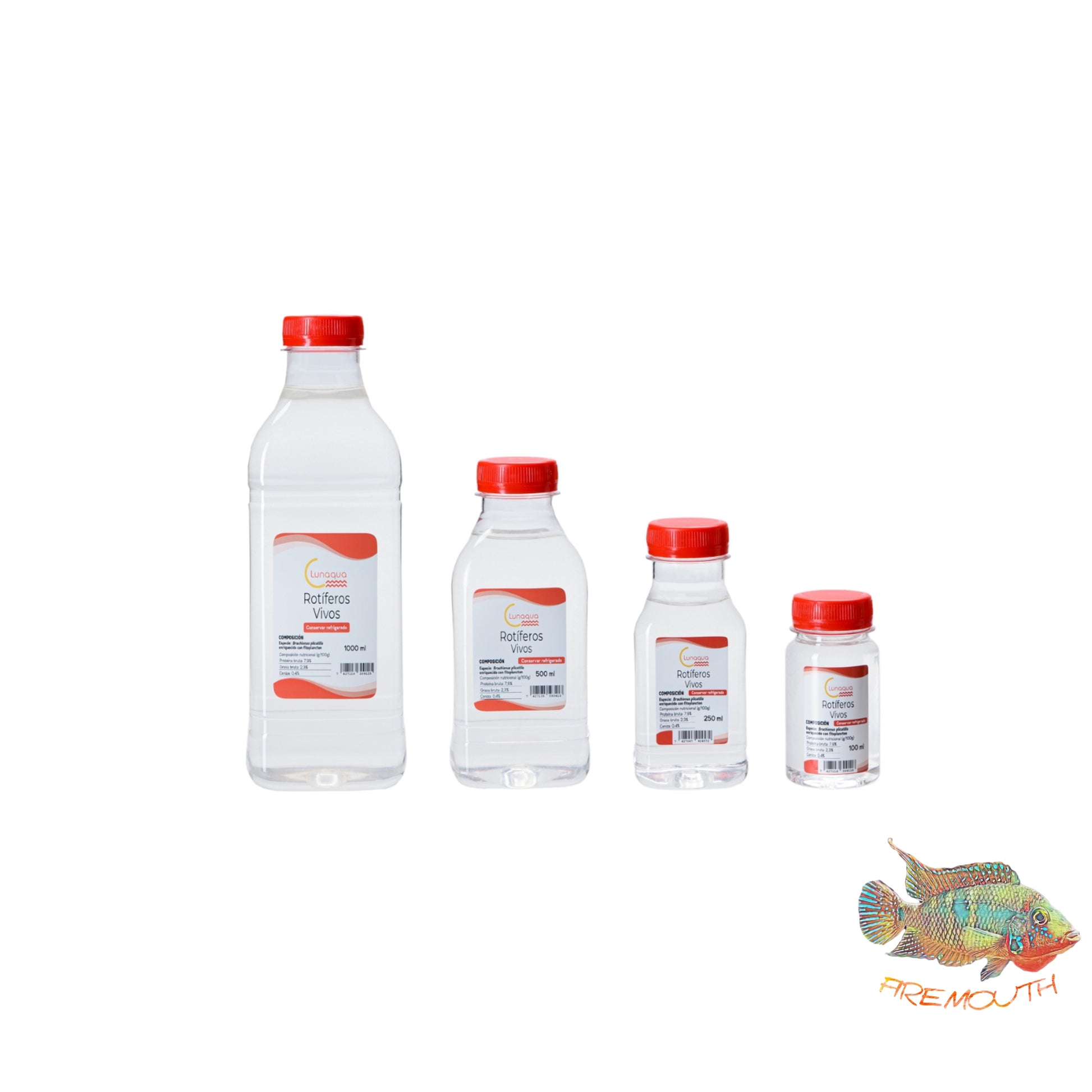live rotifers
live rotifers
Couldn't load pickup availability
General shipping information
General shipping information
SHIPPING :
Orders are generally shipped within 24/48 business hours with a shipping agency.
*Orders DO NOT go out on Fridays to avoid them being stuck all weekend at the transport agency.
You can check the status of your order by sending us an email to firemouthaquaristic@gmail.com
Shipping price:
SPAIN PENINSULA:
- NACEX 24/48H - €5.95 | FREE ON ORDERS + €60
- NACEX SHIPPING LIVE ANIMAL 24H €15 | FREE ON ORDERS +150€
- NACEX HEAVY DELIVERY - €9 | €15 depending on product
- PICKUP FROM WAREHOUSE (ONLY FOR ALICANTE) - €0
ISLANDS, CEUTA AND MELILLA
We use the Correos parcel service with a flat rate of €22
However, write to us and tell us what you are interested in because if it is a smaller package, the costs will be much cheaper.
You only pay the exact Post Office rate
Write to us if you have questions
EUROPE / EUROPE
We use the Correos parcel service with a flat rate of €45
However, write to us and tell us what you are interested in because if it is a smaller package, the costs will be much cheaper.
We use the parcel service of Correos with a flat rate of € 45
However, write us and tell us what you are interested in because if it is a smaller package, the costs are much cheaper.
Fish Shipping Information ONLY
Fish Shipping Information ONLY
**Only valid for Spain PENINSULA
Shipping fish costs €15 (or free from €150.00) and is sent via urgent NACEX , delivering the package before 7pm.
You can also choose to pick it up at the agency first thing in the morning on
day delivery is scheduled, in this case, please write to us once the order has been placed at 664373985.
Once the package arrives you will have one hour to acclimatize and resolve any incidents.
of the animal, if it is not done in this way the right to claim the animals will be lost.
If you want to find a greater variety of fish, you can request to join the WhatsApp offers group where we will share a super large list of fish in which you will find a great variety of fish for very attractive prices.
ROTIFERA
rotifers
Live rotifers Brachionus plicatilis in bottle.
Laboratory grown and fed exclusively with phytoplankton.
Excellent food for invertebrates (such as corals), small-mouth fish larvae and small crustaceans.
Description:
Genus: Brachionus
Animalia Kingdom
Phylum: Rotifera
Class: Monogononta, Bdelloidea, Seisonidea
Family: Brachionidae
General characteristics
Microscopic organisms that are part of plankton and play a fundamental role in the food trophic chain of aquatic ecosystems.
Its name is due to the characteristic movement of these individuals, which have mobile cilia at the anterior end of the body that they use for locomotion.
They have a high reproductive rate and this means that they quickly occupy certain places or niches.
Tolerant to environments with different degrees of salinity, temperature, pH and low oxygen levels.
It has two types of reproduction, asexual (parthenogenetic) or sexual. Under unfavorable conditions they create resistance eggs that can remain dormant for long periods of time.
Nutritional value
The biochemical composition and nutritional value of these organisms is directly related to the diet that we provide them (Example: Feeding marine microalgae is not the same as feeding yeast).
The most used species of microalgae to feed them are Tetraselmis sp, Isochrysis sp and Chlorella sp. This phytoplankton is what will provide the rotifer with the appropriate proteins, lipids and carbohydrates for its correct nutritional profile.
The rotifer itself does not have adequate nutritional quality; it depends on how it is fed in the days prior to its use. What their stomach stores and the eggs they have at that moment is what gives it its characteristic nutritional value.
Advantages of rotifers as food
It is ideal as food due to its small size, slow movement, ability to be suspended in the water column and relative ease of growing at high densities.
The size range of this organism is suitable for most cultured fish, 125-260 µm, which is an intermediate size between microalgae (20 µm) and brine shrimp nauplii (500 µm).
They have a high reproduction capacity. Under favorable conditions, they reproduce asexually, so that females produce an egg within hours. They are capable of reproducing when they are just one day old (unlike copepods or brine shrimp, which need 2-3 weeks).
Another advantage is that they support high densities in cultivation.
They withstand variable conditions in the environment in which they are found (temperature, pH, salinity, oxygen,...).
They have a slow movement that allows organisms with difficulties to feed on them more easily.
By having a non-selective filtration (like Artemia) they become ideal prey to be enriched as best suits us.
They are easily digestible.
Seawater is their most optimal medium but they live perfectly in a marine aquarium since they are capable of withstanding very variable salinity ranges (1-97ppm).
When to use rotifers and why
The rotifer is not the natural food of marine fish larvae. However, since it began to be used in Japan as the first larval food in 1965, it has become the most cultivated live food in intensive aquaculture. For all these reasons, it is widely used to feed fish larvae and marine crustaceans today.
It is indispensable as the first live food due to the fact that the Artemia nauplius is inaccessible to the larvae during the first days of life.
If our goal is to create more zooplankton in our aquarium, we will have to add them at night so that they are not eaten immediately after adding them.
Widely used for feeding corals and fish larvae. It should be noted that it is especially recommended for breeding fish such as clownfish or seahorses since these have a very small mouth size and rotifers become the ideal prey for the development of these fish.
Ideal for feeding all the invertebrates in our aquarium: anemones, sponges, starfish,…
Share it with whoever may be interested


